1. Lead-Based Paint

In the ’50s, lead-based paint was the standard choice for everything from kitchen cabinets to nursery walls. It was praised for its durability, smooth coverage, and bright colors that stayed vibrant for years. Parents would paint cribs, toy chests, and playrooms with it without a second thought. The dangers of lead exposure, especially to children, were not widely known or discussed. Back then, “washable” paint was a selling point, not “lead-free.” It was marketed as safe and modern, fitting perfectly into the postwar boom in home improvement.
We now know that even small amounts of lead dust can cause serious developmental issues, especially in young children. Lead-based paint has since been banned for residential use, and its removal is considered hazardous work. In many older homes, it’s still lurking under layers of newer paint. Professionals must follow strict guidelines to remove it safely. Entire companies now specialize in lead abatement, using respirators and containment systems. Something that was once proudly shown off as a home upgrade is now treated like a toxic threat.
2. Asbestos Insulation
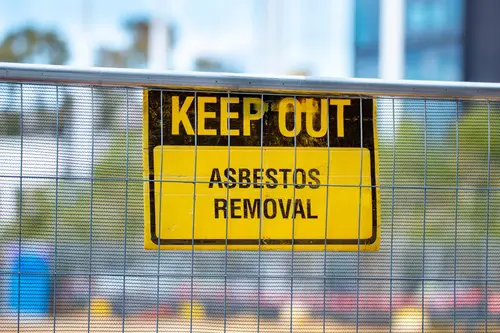
During the ’50s housing boom, asbestos insulation was considered a wonder product. It kept homes warm, resisted fire, and was incredibly durable. Builders praised it as one of the safest materials available, and it was installed in walls, ceilings, and around pipes. Contractors often worked with it barehanded, breathing in fibers as they cut and fit it into place. The thought that it could harm anyone seemed absurd at the time.
Unfortunately, asbestos fibers, when inhaled, can cause lung cancer and mesothelioma. The health risks weren’t widely publicized until decades later, after millions of homes had already been built with it. Today, asbestos use in insulation is banned in most countries, and any removal has to be handled by certified professionals. The cleanup process is expensive and highly regulated, with workers wearing full protective gear. What was once considered a home safety feature is now one of the most notorious hazards.
3. Mercury Thermometers
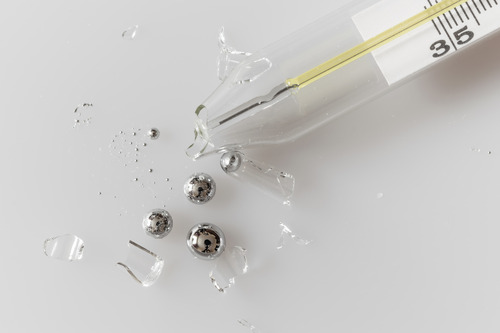
In the ’50s, the mercury thermometer was a staple in almost every home medicine cabinet. Its shiny silver liquid seemed harmless, even fascinating to children. Parents would shake them down and slide them under a child’s tongue without concern. The precise readings made them feel modern and reliable compared to older models. Many homes also had larger mercury thermometers for outdoor temperature readings, often left hanging in direct sun.
The danger came if one broke. Mercury vapor is highly toxic when inhaled, and cleaning up a spill can be tricky. Back then, many people simply swept it into the trash or played with the beads in their hands. Today, mercury thermometers have largely been replaced by digital models, and disposing of them requires special handling. A broken mercury thermometer is now treated as a hazardous materials incident, not just an inconvenience.
4. Radium-Laced Watches
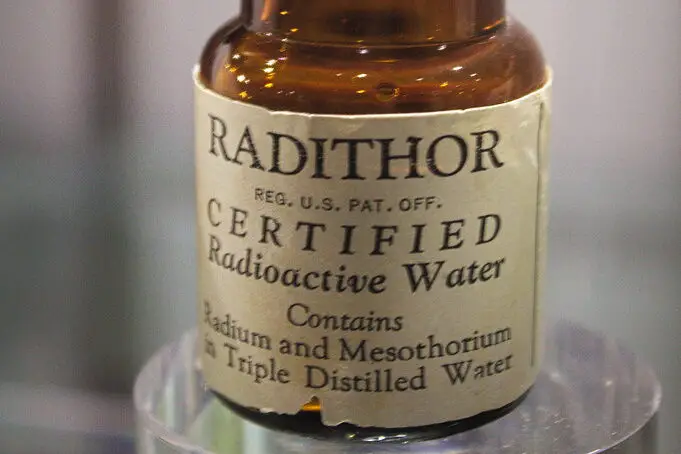
Wristwatches and clocks in the ’50s often featured glowing hands and numbers, thanks to radium-based paint. This made them easy to read in the dark and gave them a futuristic appeal. The luminous effect was marketed as cutting-edge technology. Many factory workers, often women known as “Radium Girls” in earlier decades, had been instructed to lick their paintbrushes to get a fine point while applying the paint. The dangers of radiation exposure weren’t fully understood by the public, and no one suspected a timepiece could be dangerous.
Today, radium is recognized as a serious health hazard, capable of causing bone cancer and other illnesses. Vintage radium watches are still radioactive, and collectors must store them carefully. Modern glow-in-the-dark watches use safe phosphorescent or tritium-based materials instead. The idea of wearing radioactive material on your wrist would never pass safety tests now. But in the ’50s, it was seen as a symbol of progress.
5. Aluminum Cookware with No Safety Coating
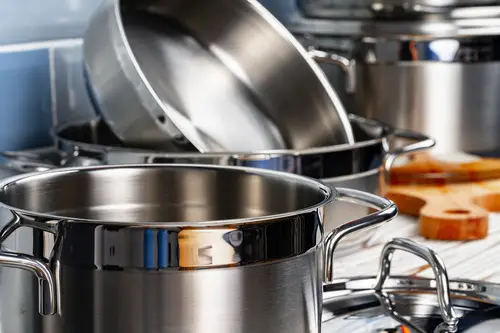
Aluminum cookware was affordable, lightweight, and quick to heat, making it a favorite in ’50s kitchens. Families used it for everything from frying eggs to boiling pasta. Non-stick coatings weren’t common yet, so the metal often reacted with acidic foods like tomatoes, giving meals a metallic taste. Cleaning was done with abrasive pads, scratching the surface and making it more reactive over time. Nobody thought twice about it — it was considered modern and practical.
Concerns arose years later about potential links between aluminum exposure and health issues, including neurological conditions. While research on this is still debated, today’s cookware standards require protective anodized finishes or other safety measures. In the ’50s, there were no such protections, and aluminum pots and pans were often used for decades. Modern regulations ensure safer materials and coatings, something unheard of in the postwar kitchen boom.
6. Electric Blankets with No Automatic Shutoff
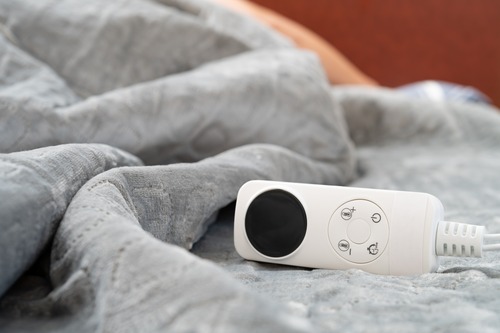
Electric blankets became popular in the ’50s as a luxurious way to stay warm without cranking up the heat. Early models had thick cords and basic heating wires sewn directly into the fabric. They lacked any kind of automatic shutoff, so many people left them on all night. Some would even keep them plugged in all day so the bed stayed toasty.
Unfortunately, these blankets posed a significant fire hazard. Faulty wiring, frayed cords, or overheating could quickly ignite bedding. Modern electric blankets have multiple safety features, including temperature controls, timers, and shutoff mechanisms. In the ’50s, those protections didn’t exist, and fire safety was more of an afterthought. What was once a cozy winter essential would now fail every safety inspection.
7. Hair Dryers with No Grounding
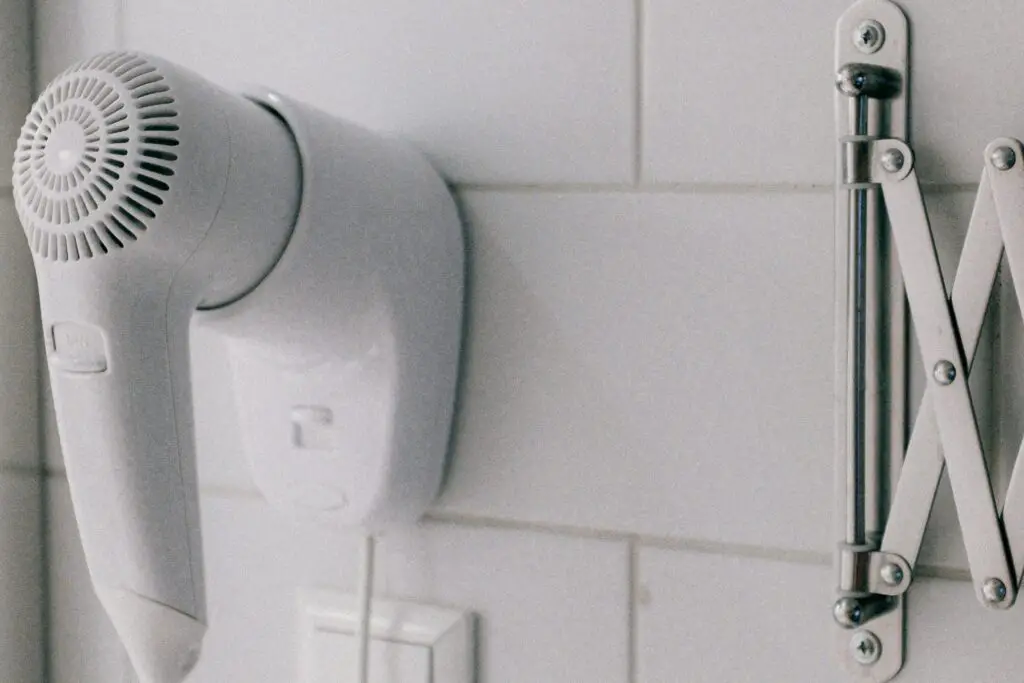
The ’50s brought a boom in personal grooming appliances, including the at-home hair dryer. Many were small bonnet-style units with a plastic cap connected to a hose that blew warm air. Others were handheld but lacked proper insulation or grounding. Using them near sinks or in damp bathrooms was common, and nobody thought about the risk of electric shock.
Modern electrical codes require grounding, GFCI outlets in bathrooms, and protective casing on all appliances. In the ’50s, those standards weren’t in place. A faulty hair dryer could deliver a dangerous shock, especially if combined with water. Today, such a design would be rejected immediately, but in the mid-century era, convenience often came before safety.
8. Playground Equipment on Concrete
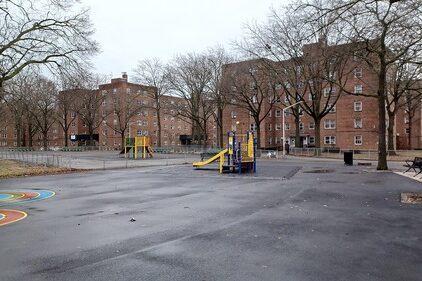
In the ’50s, playgrounds were often a mix of towering metal slides, spinning merry-go-rounds, and monkey bars set over hard concrete. The equipment was usually made of solid steel, which could get scorching hot in the sun. Kids flew off swings without soft ground to cushion the fall, and scraped knees and broken bones were just part of the fun. Safety surfacing wasn’t even a concept yet — parents often saw these accidents as a lesson in toughness.
Today, playgrounds are designed with impact-absorbing materials like rubber mats or wood chips. Equipment heights are carefully regulated, and designs are tested for pinch points and fall risks. In the ’50s, the goal was more about durability than safety. While these old-school playgrounds are nostalgic for many, they would never meet current safety standards.
9. Cigarette Ads in Household Magazines
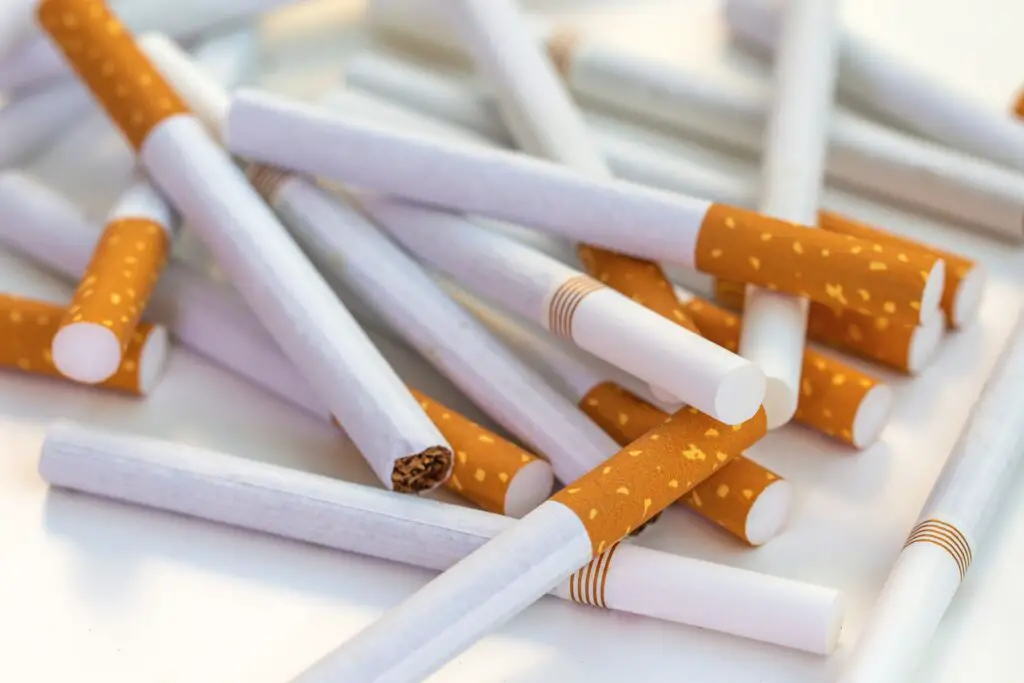
In the 1950s, cigarette advertisements appeared in every major magazine, often targeting homemakers. Some even featured doctors claiming certain brands were “healthier” or “milder” than others. It wasn’t unusual to see ads showing moms smoking in the kitchen while children played nearby. Cigarettes were marketed as sophisticated, relaxing, and even a way to keep slim.
We now know the devastating health effects of smoking and secondhand smoke. Modern advertising laws prohibit cigarette promotions in most media, especially those that could reach children. In the ’50s, there was no such regulation, and tobacco companies freely linked their products to everyday family life. That kind of marketing would never pass today’s strict health guidelines.
10. Lead-Tin Canned Food Linings
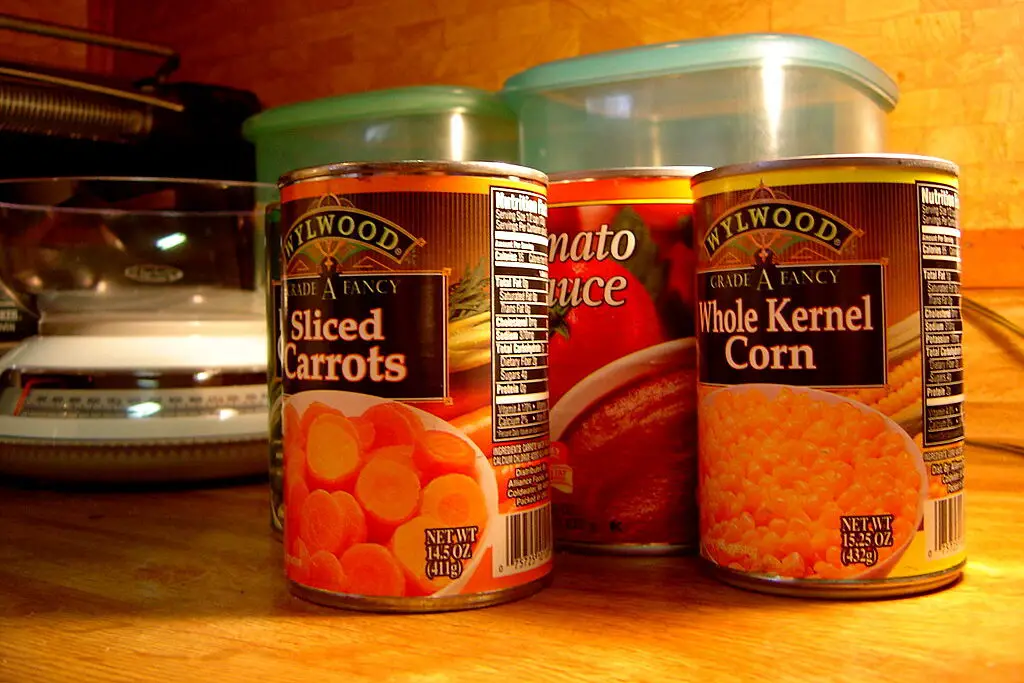
Canned goods were an affordable and convenient part of the ’50s kitchen. But many cans were lined with lead-tin solder to prevent rust and extend shelf life. Acidic foods like tomatoes could cause the lead to leach into the contents, especially if stored for long periods. Most families had no idea this was happening — they trusted that canned food was safe.
By today’s standards, this would be unacceptable. Lead exposure through food can cause serious health problems, especially for children. Modern cans use safe, food-grade linings that don’t leach harmful metals. In the mid-century, the focus was on preventing spoilage, not on chemical safety.
11. Baby Walkers Without Safety Brakes
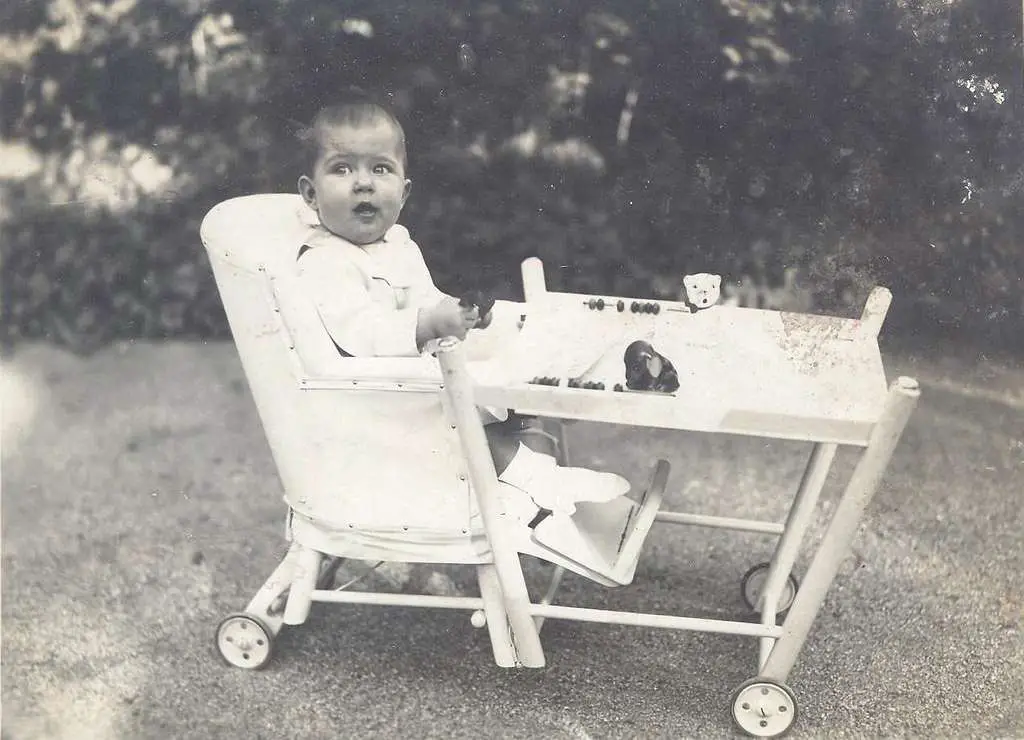
In the ’50s, baby walkers were popular for helping little ones move around before they could walk on their own. These early models often had metal frames, small wheels, and no safety features. Parents placed them on any surface — even near stairs — without realizing the risk. Babies could roll into dangerous areas or tip over easily.
Today’s baby walker designs include wide bases, locking wheels, and are subject to strict safety standards. In some places, older unsafe designs are banned entirely. In the 1950s, parents saw them as a helpful tool rather than a potential hazard. The difference in safety expectations is night and day.
12. Chemical Oven Cleaners Without Ventilation Warnings
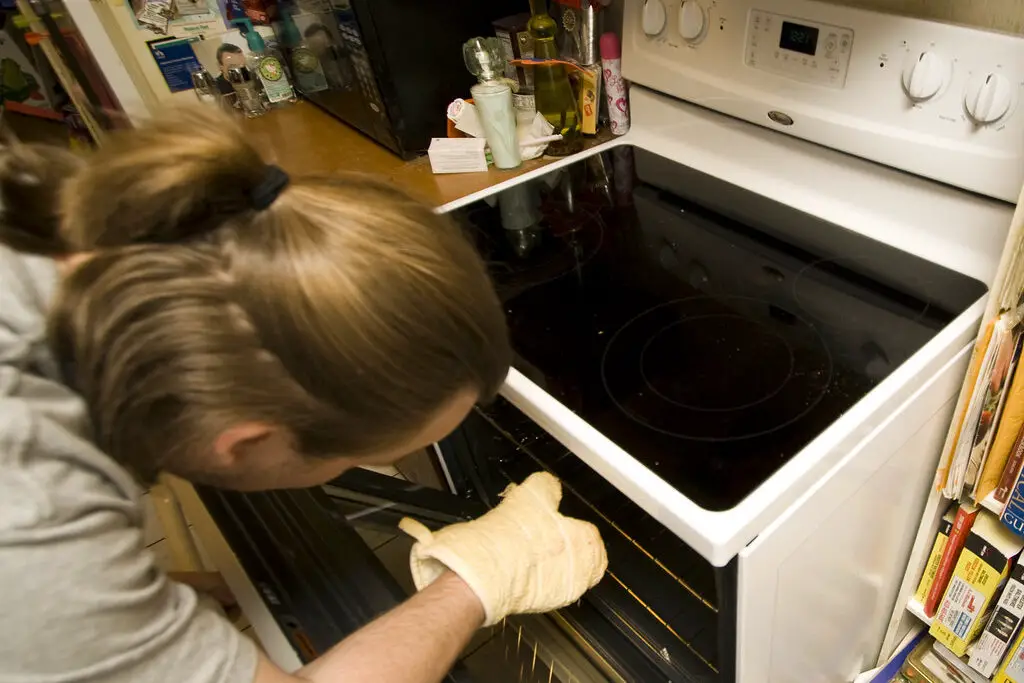
Mid-century oven cleaners were extremely powerful, often containing harsh caustic chemicals like sodium hydroxide. These formulas could remove baked-on grease in minutes, but the fumes were intense. Many homemakers sprayed them without gloves or masks, sometimes in small, unventilated kitchens. The cleaning power was impressive, but it came with hidden dangers.
Modern cleaning products come with detailed safety instructions, protective gear recommendations, and child-resistant packaging. In the ’50s, the warnings were minimal or nonexistent. Using such a product today without protective measures would be considered highly unsafe. Back then, it was simply part of the regular cleaning routine.
13. Gas Space Heaters Without Carbon Monoxide Detectors
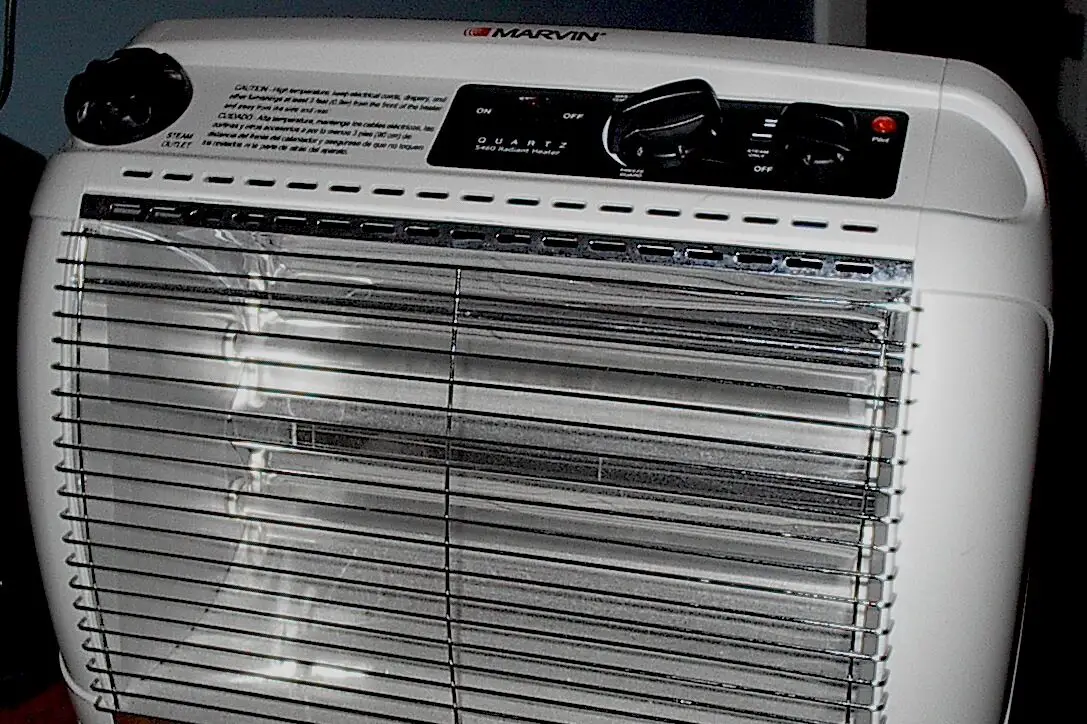
Gas-powered space heaters were a common way to warm small rooms in the ’50s. They were affordable and could quickly heat up a space. Unfortunately, many models lacked proper ventilation, allowing dangerous carbon monoxide to build up indoors. Without detectors, families had no way of knowing they were being exposed.
Today, carbon monoxide alarms are required in most homes with fuel-burning appliances. Modern heaters are designed with safety shutoffs and better ventilation systems. In the mid-century, however, families relied on them without realizing the risks. What was once considered cozy warmth could, in reality, be deadly.
14. Insecticides with DDT
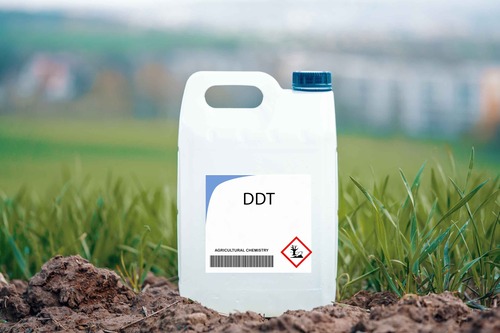
DDT was one of the most common insecticides in the 1950s, used in homes, gardens, and even directly on pets. It was celebrated for its effectiveness in killing mosquitoes and other pests. People sprayed it liberally without gloves or masks, sometimes even indoors. The environmental and health consequences weren’t yet understood by the public.
Today, DDT is banned in many countries due to its harmful effects on wildlife and potential human health risks. Modern pest control products are tested for safety and used with strict guidelines. In the ’50s, its widespread use was seen as a scientific breakthrough, not a danger.
15. Lawn Darts (Jarts)

In the ’50s, lawn darts — heavy, pointed projectiles tossed toward plastic rings on the ground — were a popular backyard game. They were often marketed as wholesome family fun. The problem was that the sharp metal tips could cause serious injuries if thrown carelessly. Kids played unsupervised, and accidents were common.
By today’s standards, the original design would never be approved. After numerous injuries and fatalities, traditional lawn darts were banned in the U.S. Safer, blunt-ended versions are available now, but they lack the dangerous thrill of the original. In the ’50s, though, nobody thought twice about handing them to children.
